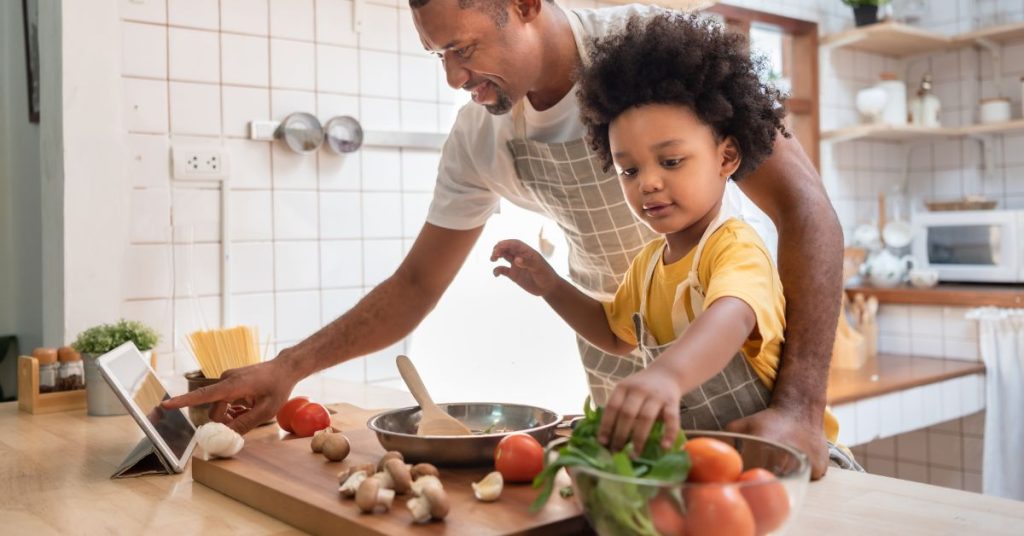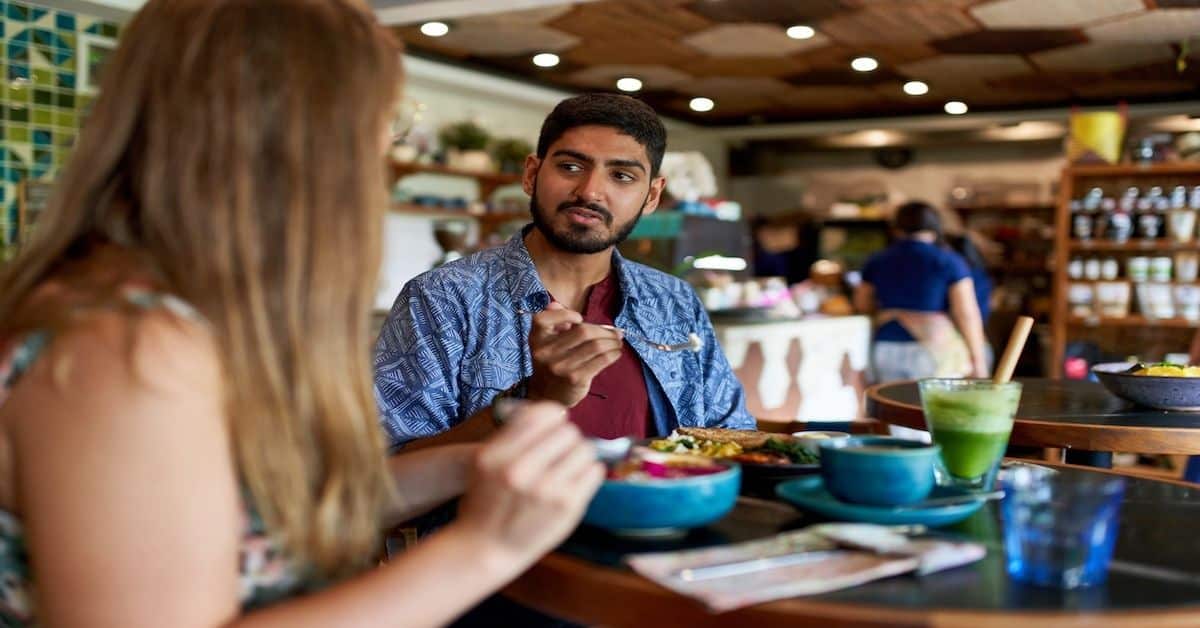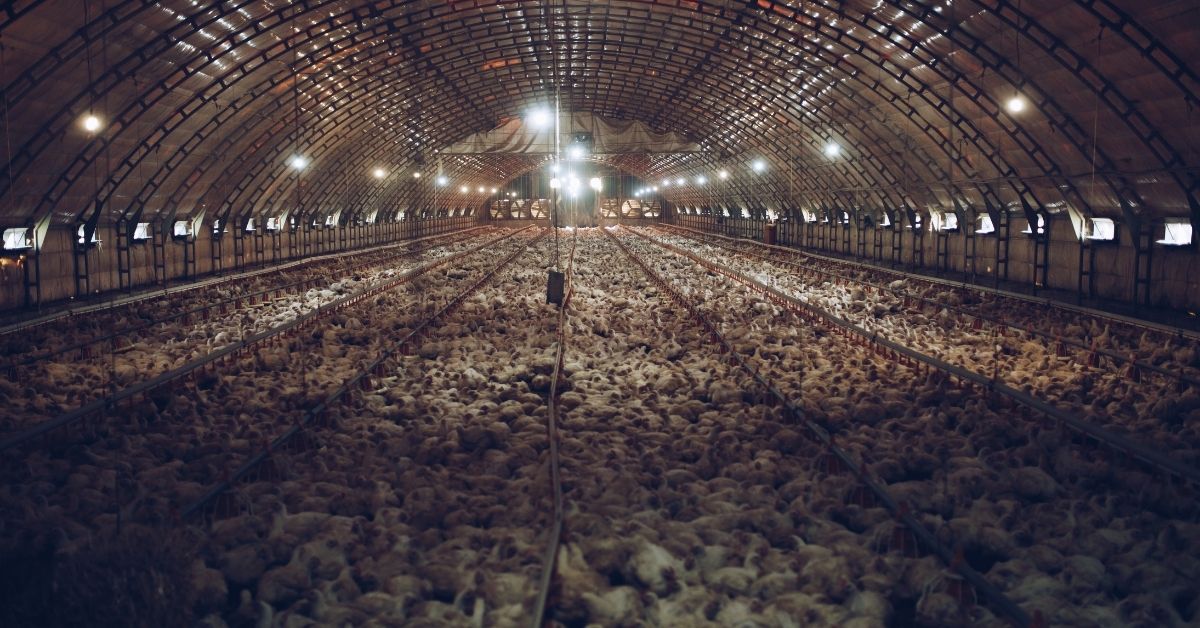

The following excerpt, published with permission from BenBella Books, is from Del Sroufe’s The China Study Family Cookbook: 100 Recipes to Bring Your Family to the Plant-Based Table.
Cooking at Every Age
There are two important factors to consider when deciding which tasks your child is able to perform in the kitchen: their physical ability to do the task and their mental ability to comprehend the task (and particularly to comprehend the possible dangers).
Young children will not have the strength to lift pots and pans or to cut through dense foods like potatoes. They also may not know that hot foods can burn them or that knives are dangerous. Younger kids also may have trouble remembering a series of steps that need to be followed, so you can help them by breaking down a task step by step as they go along. They definitely need to show that they can follow directions before you let them handle dangerous equipment.
You know your child better than anyone, but here are some tips for helping them get acquainted with the kitchen so that they can become proficient. It is important that your kids master each level before going on to more technical cooking activities.
The Youngest Cooks
Your eighteen-month-old probably wants to be a part of whatever you are doing in the kitchen—until they find the next thing to do. Children at this age obviously need the most supervision, since their motor skills are not yet highly developed and they have short attention spans.
Your child is never too young to learn the importance of cleanliness. Make this ongoing task a part of the cooking experience now, and you will have cleanliness in the kitchen in the future. Handwashing and avoiding cross-contamination are important lessons for even the youngest cooks. (Granted, cross-contamination is not as big of a problem in the plant-based kitchen as it is in kitchens with meat or other animal products, but it is a good habit just the same.)
Children as young as eighteen months can do the simplest of tasks. They need supervision and may show interest for only a few minutes at a time, but let them do what they will even if it does not contribute in any but the smallest way to the task at hand. My friend’s daughter used to come to my bakery regularly with her parents. Even before she was able to walk, I would give her a piece of bread dough to play with. Every time she came into my bakery she would want something to play with. As she got older, she would help her mom in the kitchen, setting the table, removing dirty dishes from the table, stirring cake batter, or adding a premeasured ingredient to a bowl. When she was a teenager, I hired her to help me with catering events, and to this day, she helps her mom in the kitchen when she comes home from school.
3- to 5-Year-Old Cooks
Kids at this age are able to understand directions better and help with more specific tasks such as measuring ingredients, chopping herbs with a butter knife, mashing potatoes, whisking salad dressing, or putting salad greens into a serving bowl.
Show children the difference between wet and dry measuring cups, how to level dry ingredients using the straight edge of a butter knife, and how to measure liquid ingredients to the quantity called for in a recipe.
Kids at this age are too young for even basic math, but they can certainly count out items with you.
5- to 7-Year-Old Cooks
School-age children can engage in more technical activities and use more sophisticated equipment. They can handle measuring, mixing, pouring, grating, and peeling, as well as setting the table. They still need constant supervision, but you may let them use a sharp knife—keeping in mind that the size of the knife should be appropriate for the child’s hand and ability to manage it.
Adults should advise younger children that hot foods can cause serious burns, especially because young kids may have even more sensitive skin and mouths than adults.
8- to 11-Year-Old Cooks
Kids at this age can follow simple, straightforward recipes, plan menus and meals, and begin to work with the stove or oven. Use this time to teach them about the dangers of equipment and utensils. Talk to them about taking their time, doing one activity at a time, and using gloves to handle hot items (you may need to buy them their own in a size that fits their smaller hands). This age group can probably handle a can opener. Show them how to do it on a stable surface. They can also learn about cooking times, cooking temperatures, and testing for doneness in baked goods. They can practice their math skills to double or halve ingredient quantities.
12-Year-Old and Up Cooks
Older children can start to improvise and prepare more complex recipes, often unsupervised. Kids who exhibit good kitchen safety skills, as described in the next section, can even use equipment like blenders and food processors.
Why Teach Kids to Cook
After my parents got divorced, my dad had to learn how to cook for himself, and he patiently allowed me into the kitchen with him as he figured it out. The first recipes I remember cooking with him were found on the back of the Bisquick box: pancakes and streusel coffee cake. I wasn’t the most helpful sous chef to my dad, at least not in the beginning, but we both learned as we went along.
It was some years later before I cooked dinner for my working mother. I was intimidated because she was so good in the kitchen, but I felt bad for her, coming home from work every day and having to prepare dinner for her three kids. One day, I got over my nervousness and cooked a dinner of roasted chicken with herbed green beans for the whole family. She was surprised and delighted when she came home from work. Her pride and joy upon learning that I could cook, and the patience my father showed me in his kitchen, encouraged me to cook more for my family, and eventually for friends, and now for the general public. Not every meal I cooked along the way was a winner, but the practice, support, and praise I received gave me the confidence to continue cooking and eventually to do it for a living.
I can’t say enough about the importance of getting children interested in cooking at a young age, since kids who cook become adults who cook. While younger kids may sometimes be more of a hindrance than a help in the kitchen, with patience and practice, those messy young sous chefs will one day cook entire meals for the family—and even clean up the kitchen afterward! It’s an investment well worth the spills and burned dishes early on.
Teaching your kids to cook helps them develop highly transferable skills, from how to do basic math (used for measuring ingredients) to how to see a project through from beginning to end. It teaches them patience, because cooking has its own timeline and can’t be rushed—trying to do so usually ends in a less-than-desirable (and sometimes less-than-edible) result. Teaching kids to cook even teaches them the value of money, since cooking at home is far less expensive than eating out. Buying processed foods at the supermarket is more expensive than buying food you prepare at home, too—and usually not as healthy.
But most importantly, cooking with your kids is a great opportunity to talk about health and the difference between the standard American diet and a whole foods, plant-based diet. You can talk about the difference between healthy and unhealthy ingredients and between healthy and unhealthy cooking techniques. You can have conversations about why you don’t use oil or why you use whole wheat flour instead of white flour. When you take them shopping with you for ingredients, you can show them how to read product labels, so they know the difference between real food and junk food.
Kids who cook become adults who cook and eat healthier than those who don’t. Cooking plant-based meals with your kids not only brings your family together but also gives them the gift of a lifetime of health and well-being.
Copyright 2025 Center for Nutrition Studies. All rights reserved.
Deepen Your Knowledge With Our
Plant-Based Nutrition
Certificate
Plant-Based Nutrition Certificate
- 23,000+ students
- 100% online, learn at your own pace
- No prerequisites
- Continuing education credits











